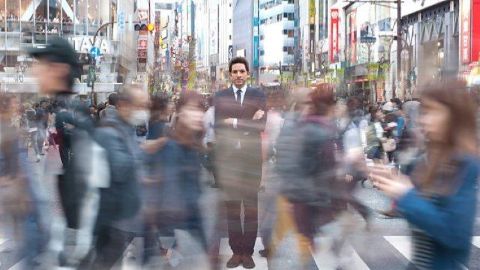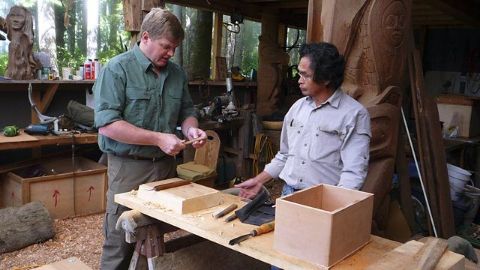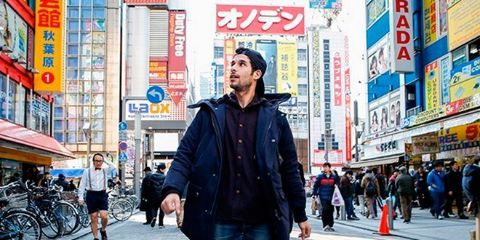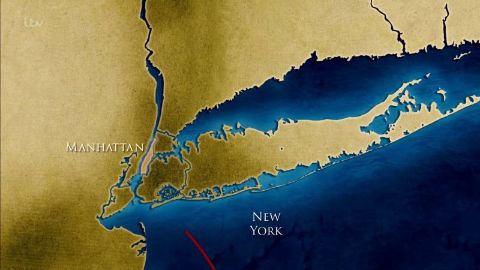Nature • 2017 • episode "S1E1" • The Art of Japanese Life
James journeys through Japan's mountainous forests, marvels at its zen gardens and admires centuries-old bonsai, to explore the connections between Japanese culture and the natural environment. Travelling around Japan's stunning island geography, he examines how the country's two great religions, Shinto and Buddhism, helped shape a creative response to nature often very different to the West. But he also considers modern Japan's changing relationship to the natural world and travels to Naoshima Art Island to see how contemporary artists are finding new ways to engage with nature.
Make a donation
Buy a brother a hot coffee? Or a cold beer?
Hope you're finding these documentaries fascinating and eye-opening. It's just me, working hard behind the scenes to bring you this enriching content.
Running and maintaining a website like this takes time and resources. That's why I'm reaching out to you. If you appreciate what I do and would like to support my efforts, would you consider "buying me a coffee"?
Donation addresses
BTC: bc1q8ldskxh4x9qnddhcrgcun8rtvddeldm2a07r2v
ETH: 0x5CCAAA1afc5c5D814129d99277dDb5A979672116
With your donation through , you can show your appreciation and help me keep this project going. Every contribution, no matter how small, makes a significant impact. It goes directly towards covering server costs.








